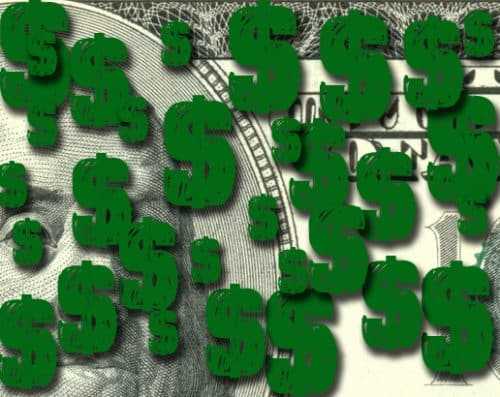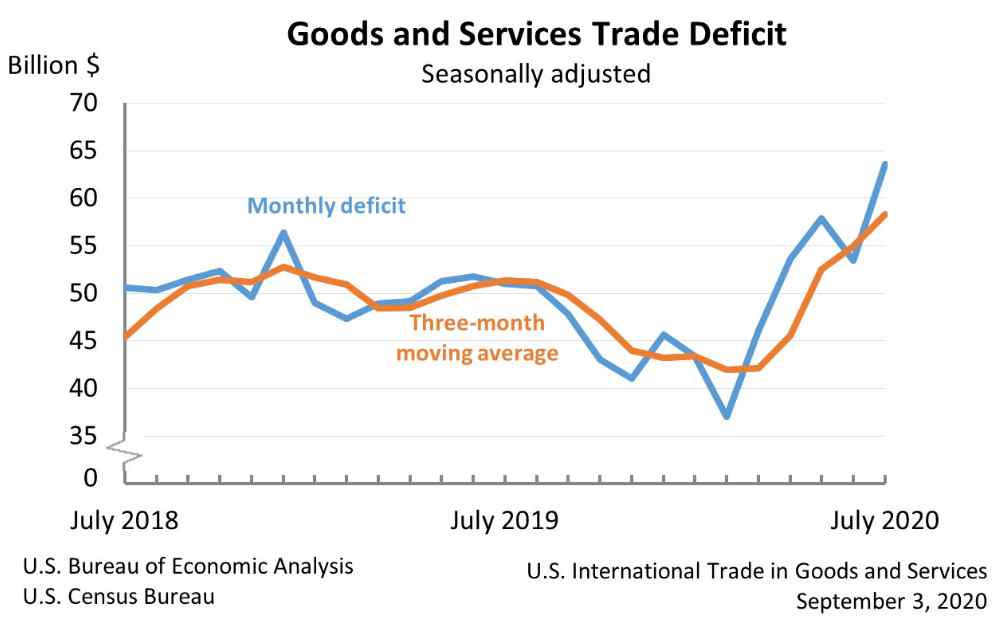Today economist Scott Goldsmith presented comments and scenarios that grossly understate the amount Alaskans stand to lose under Alaska’s new oil tax structure, which many Alaskans call the “Oil Wealth Giveaway.”
Goldsmith told an audience “the $2 billion giveaway doesn’t exist.” He said it’s a myth. Sadly, the $2 billion
budget deficit is not a myth, it’s reality.
The legislature took that amount of money from the savings generated by the previous tax regime, ACES. At that rate, the $16 billion savings account will be depleted in eight years or less.
In contrast to Goldsmith’s rosy scenario comparing the ACES and SB21/MAPA tax regimes on a make-believe investment, the reality of Alaska’s oil future as projected by the Parnell administration is dismal.
The state’s 2014 Revenue Forecast projects that North Slope oil production will decline 40 percent over the next decade, from the current 521,000 barrels per day to 315,200 in 2023 under the new tax regime. That’s a scary reality that can’t be dismissed by scenario making.
Alaska’s oil history demonstrates that tax reduction did not increase production. Under the ELF tax regime,
which preceded ACES, tax rates on Kuparuk and other fields were virtually down to zero. But that had no effect whatsoever to increase the amount of oil produced.
Changing the tax law has not had the desired result of increasing net production in the past. Today, MAPA simply provides a bonus of reduced payments for oil that will be produced anyway from Prudhoe Bay fields. That is a pure giveaway of the state’s wealth.
What Alaska needs is a tax structure that increases exploration for new sources of oil and gas, not just provide
incentives to pump the oil they are contractually obligated to produce.
Only by voting YES to repeal SB21 and then rewriting the tax structure will Alaska beget the type of oil development that benefits Alaskans as well as the shareholders of oil corporations.
Vic Fischer, Director Emeritus, Institute of Social and Economic Research, UAA








